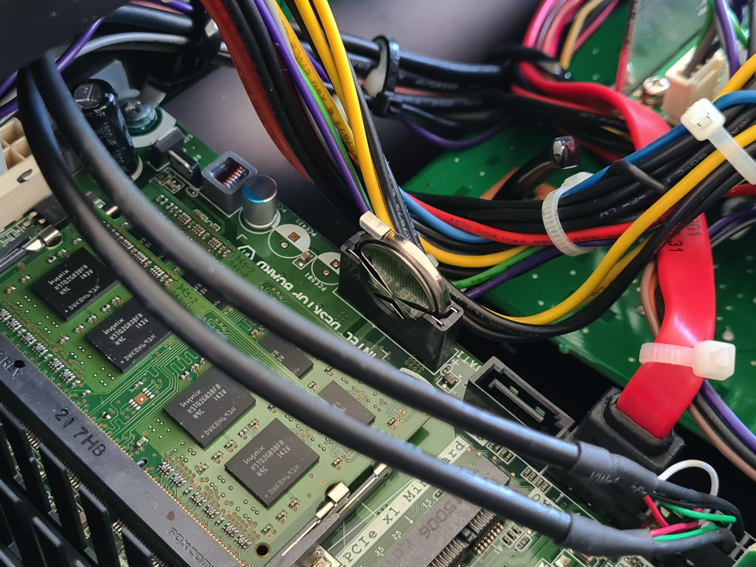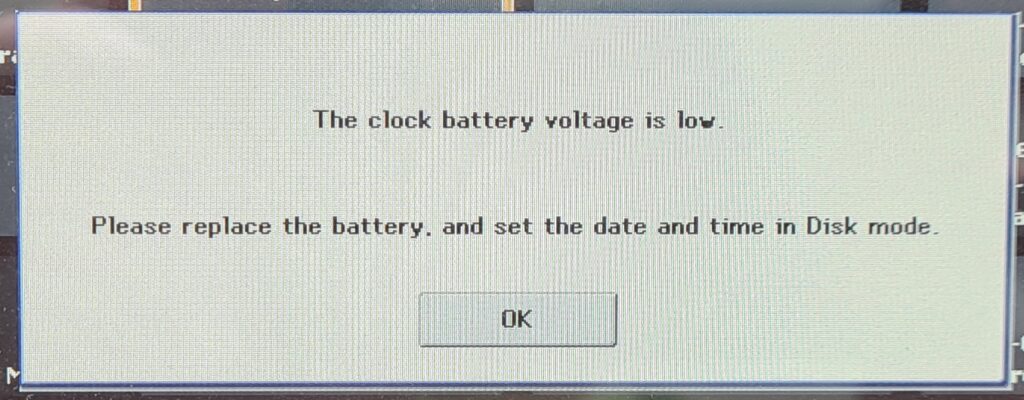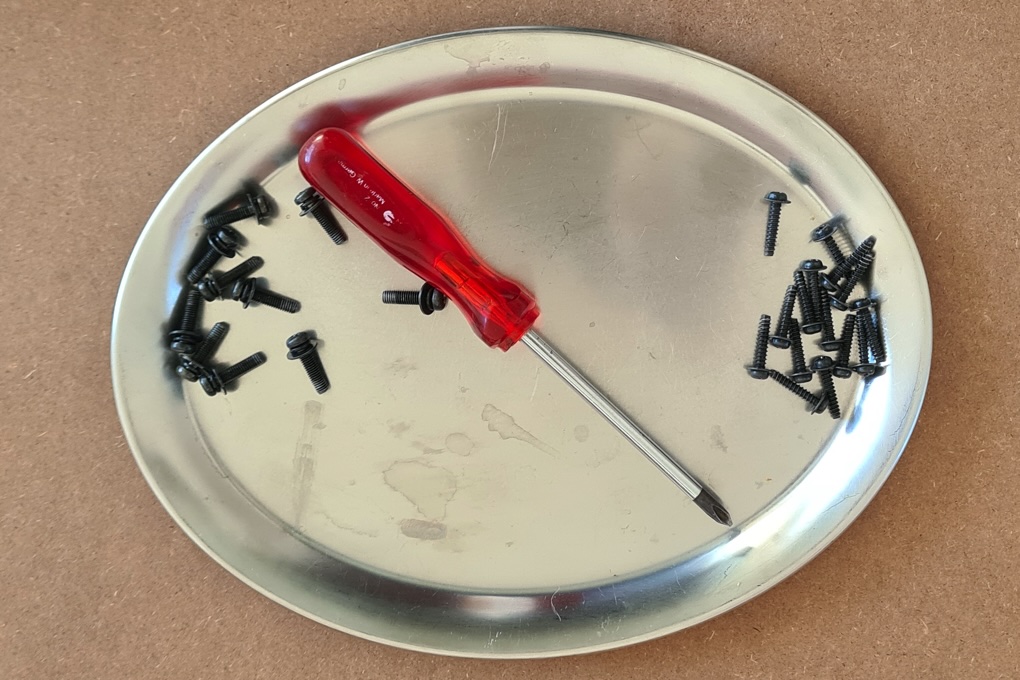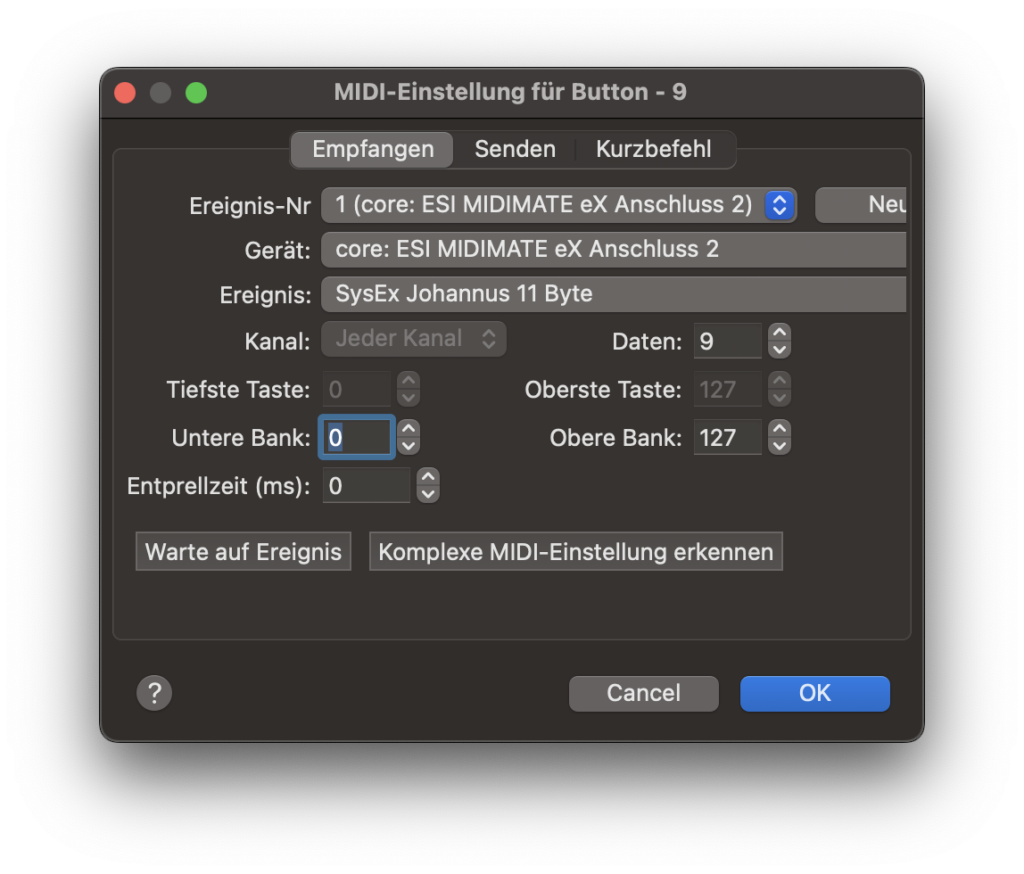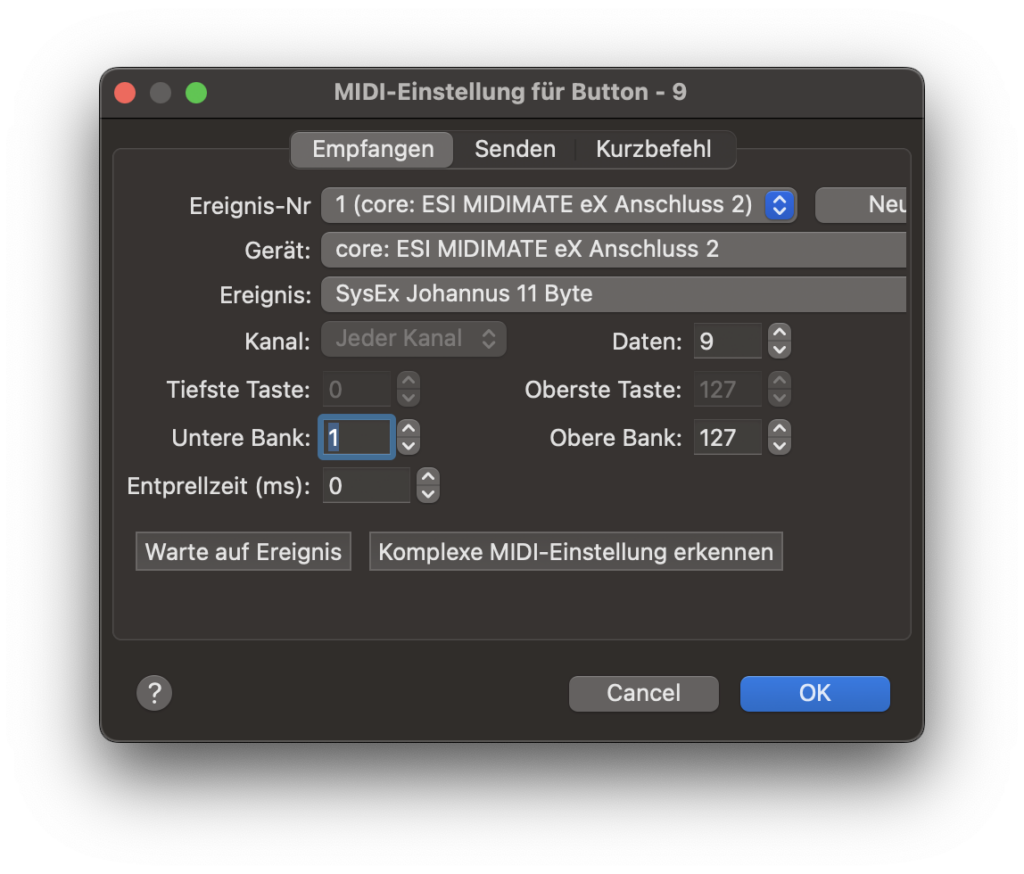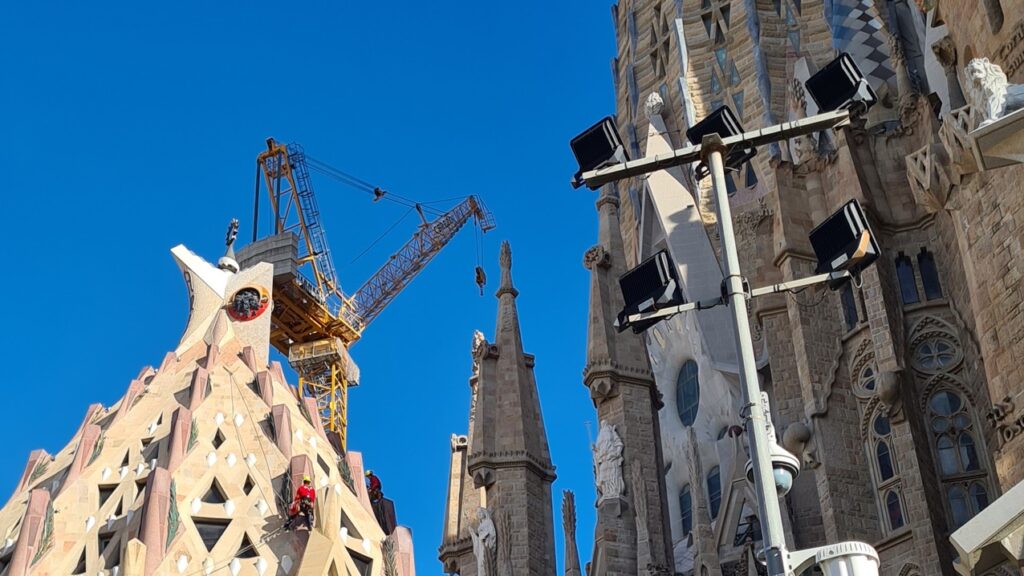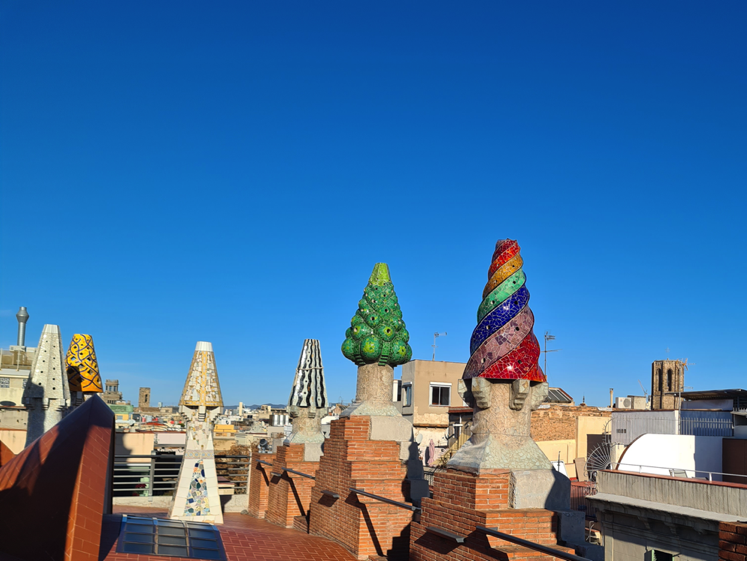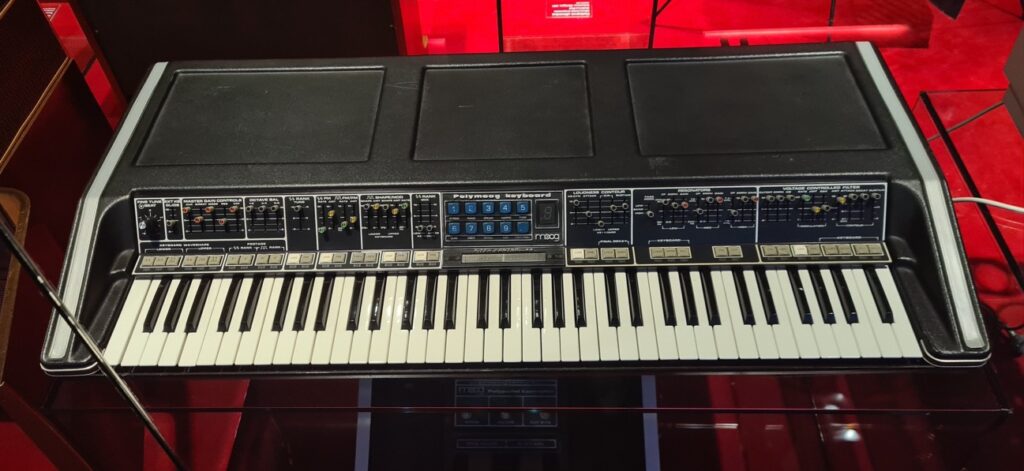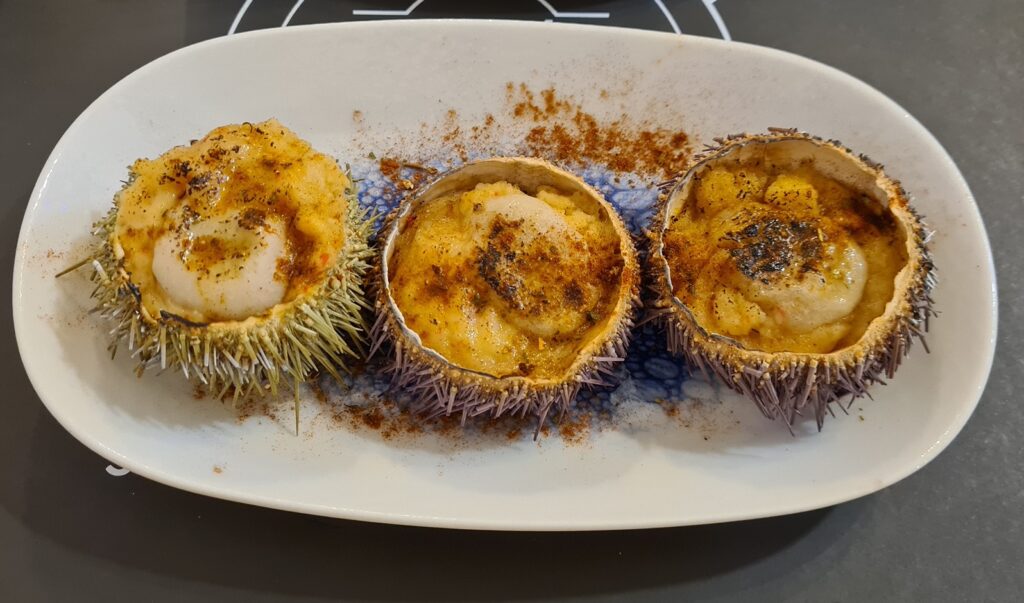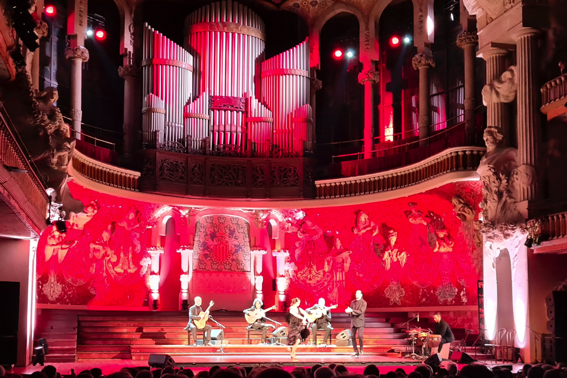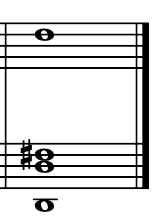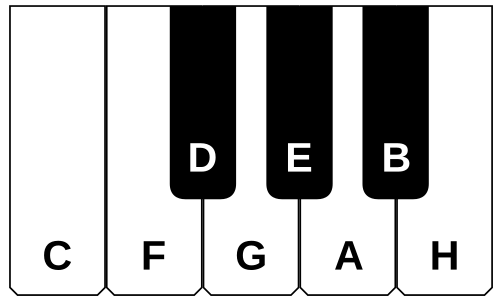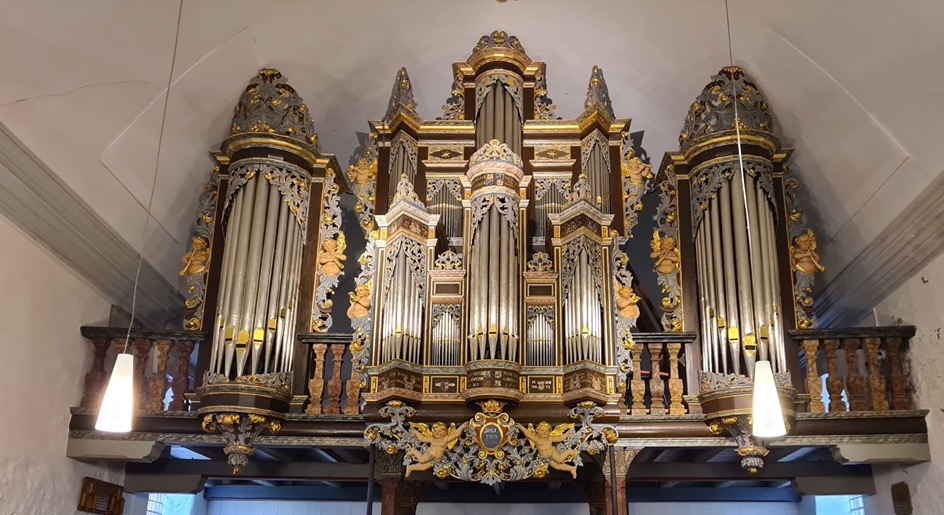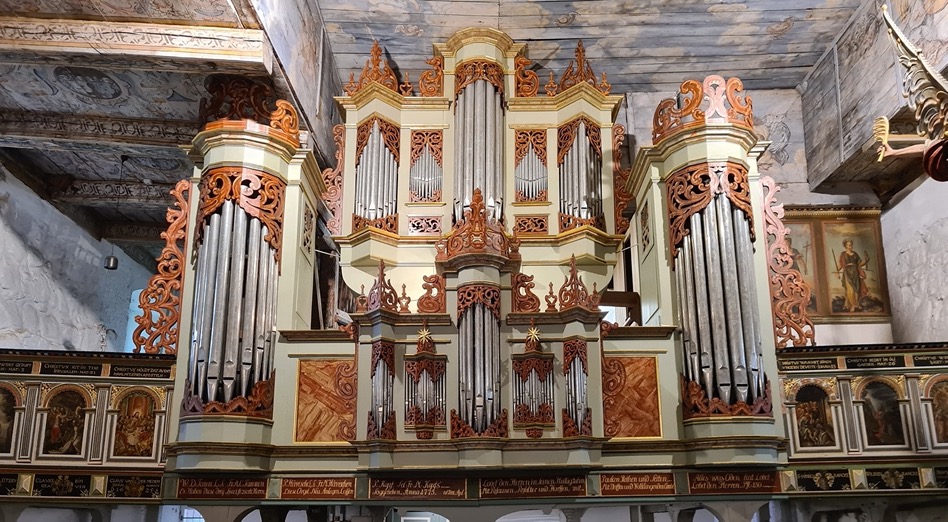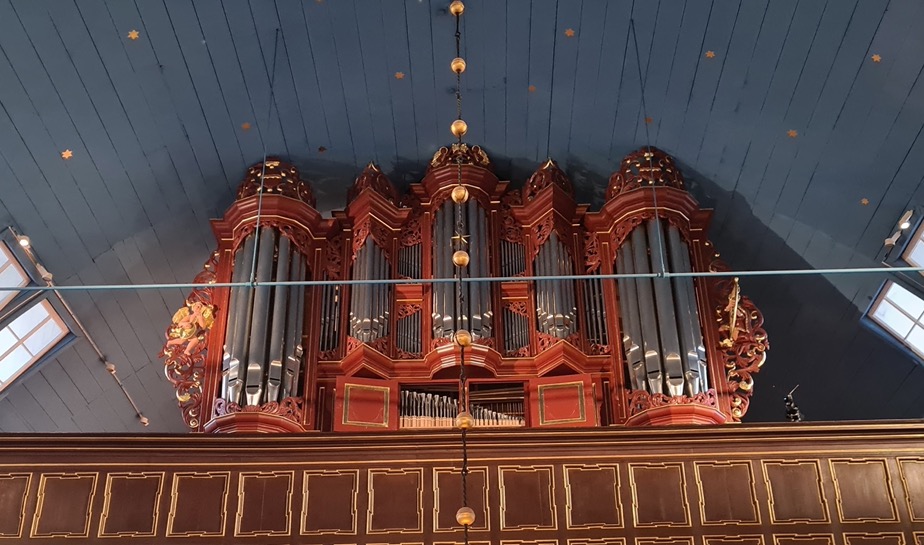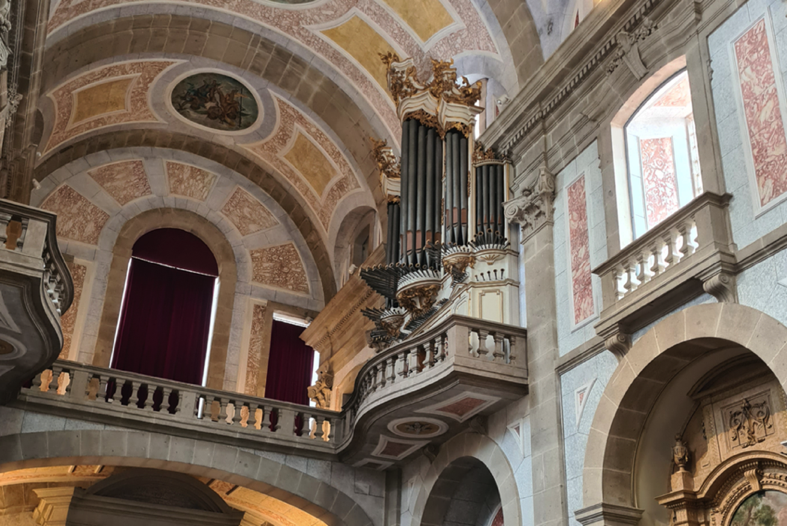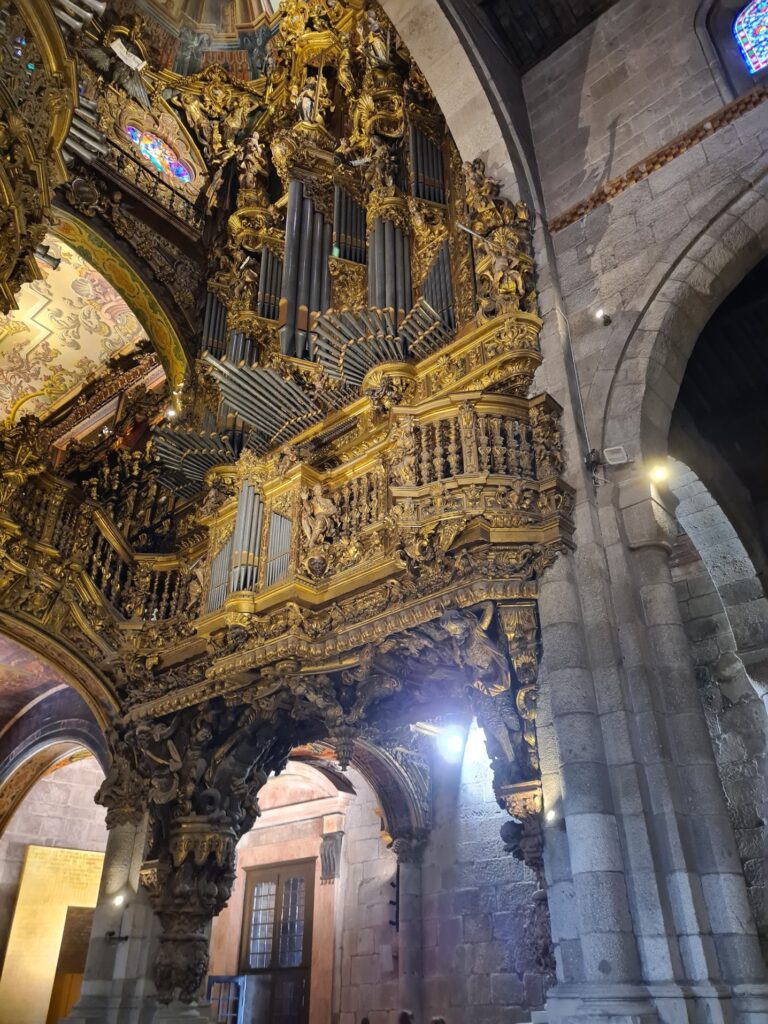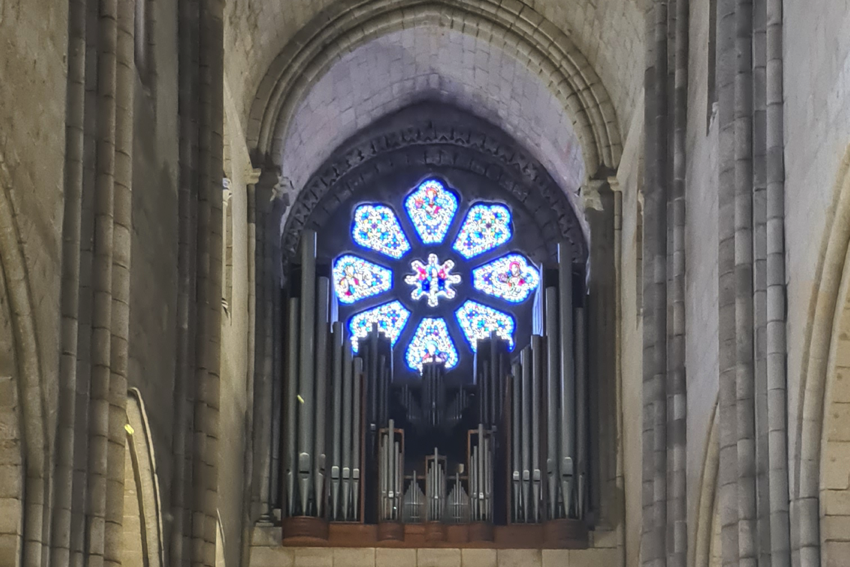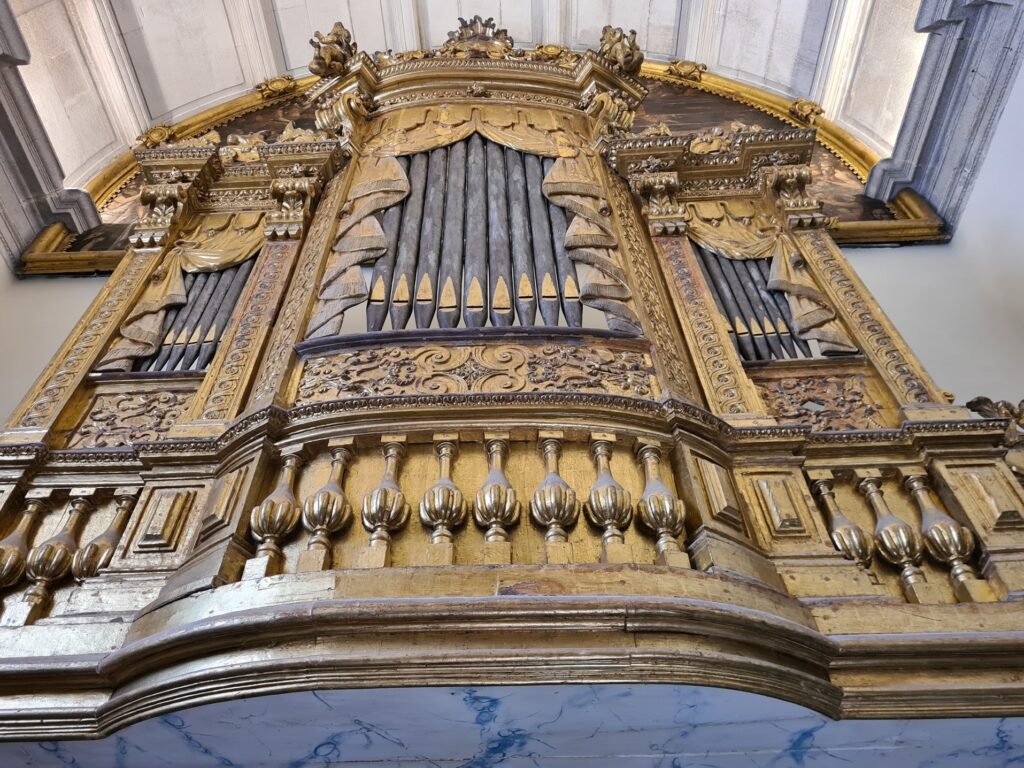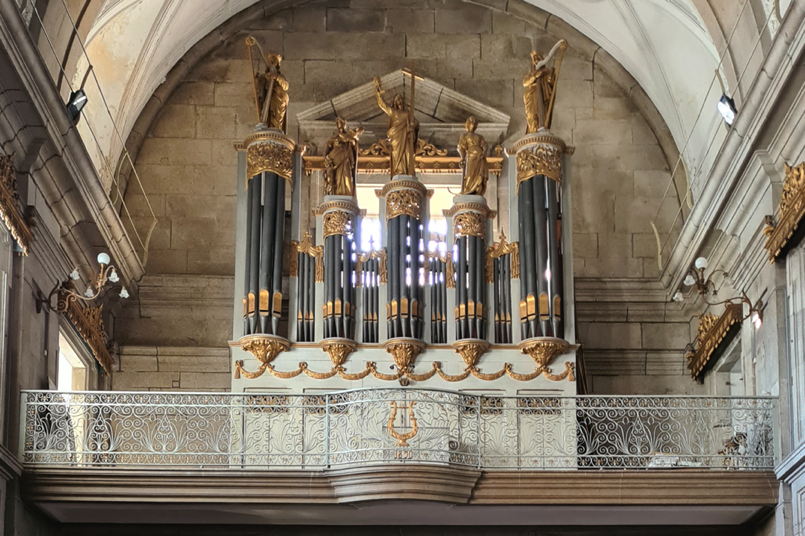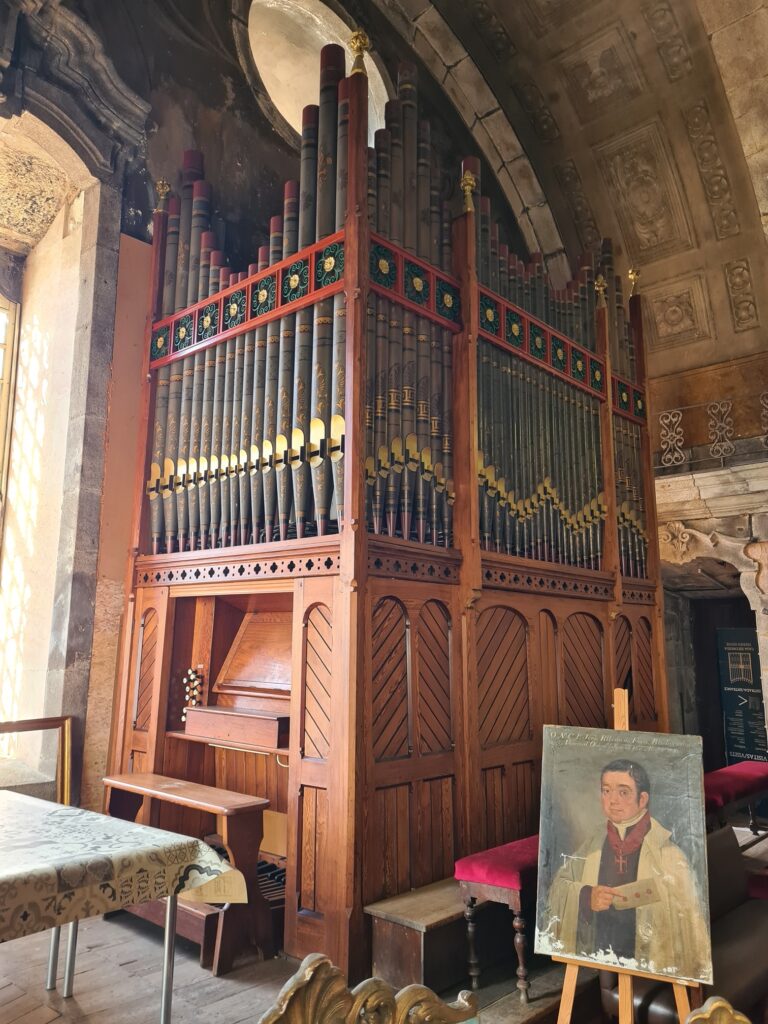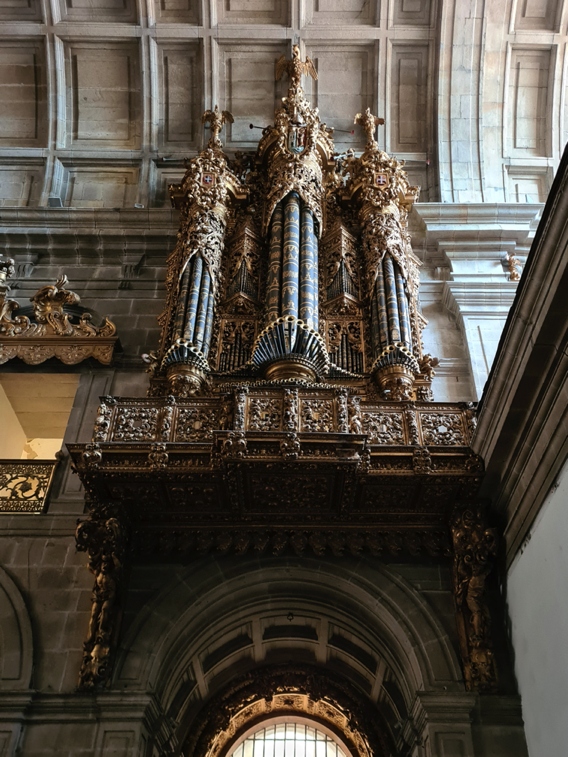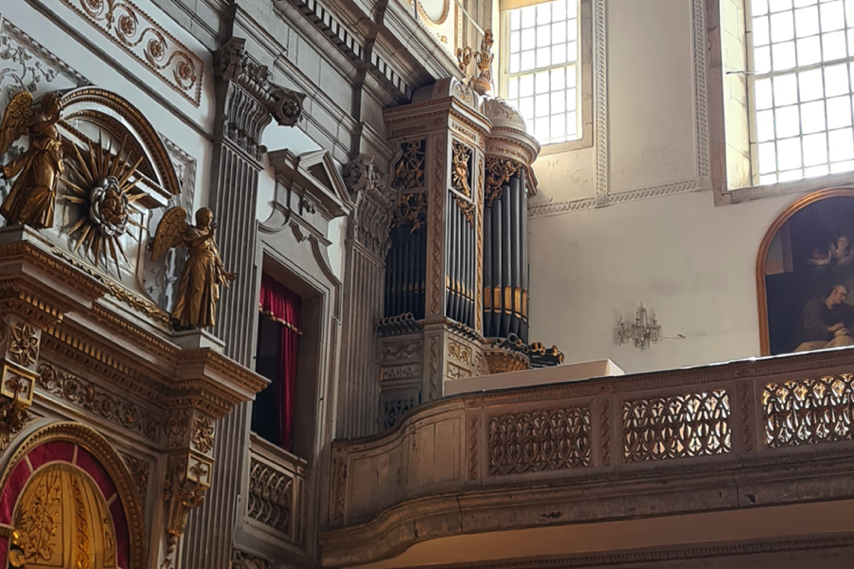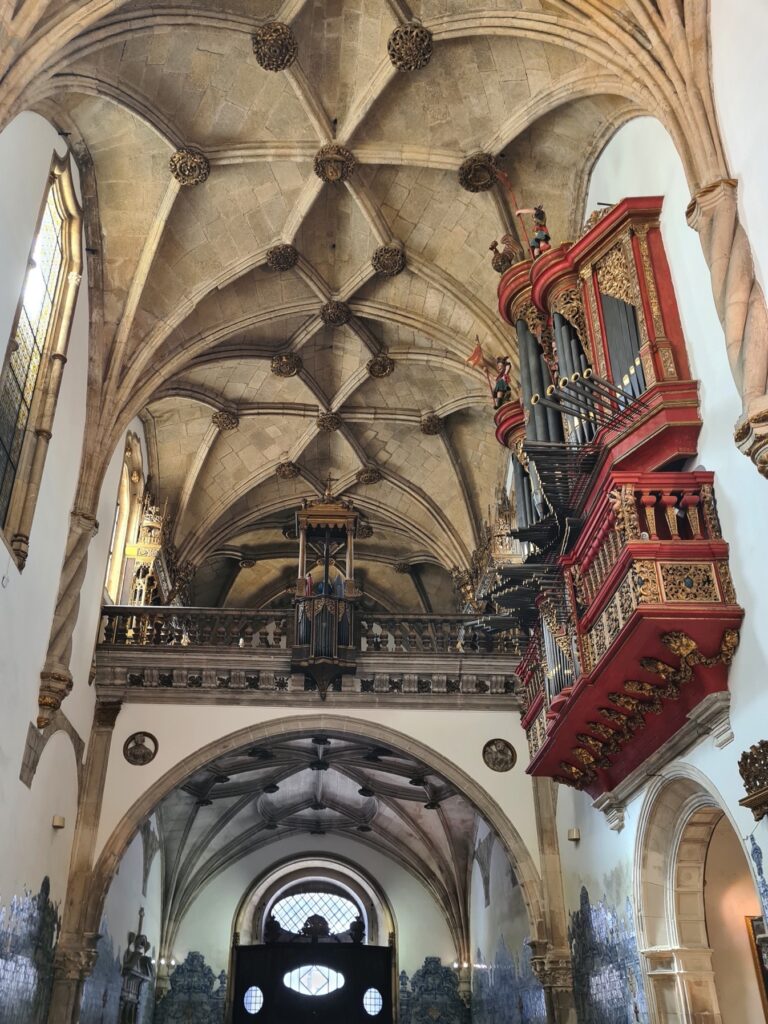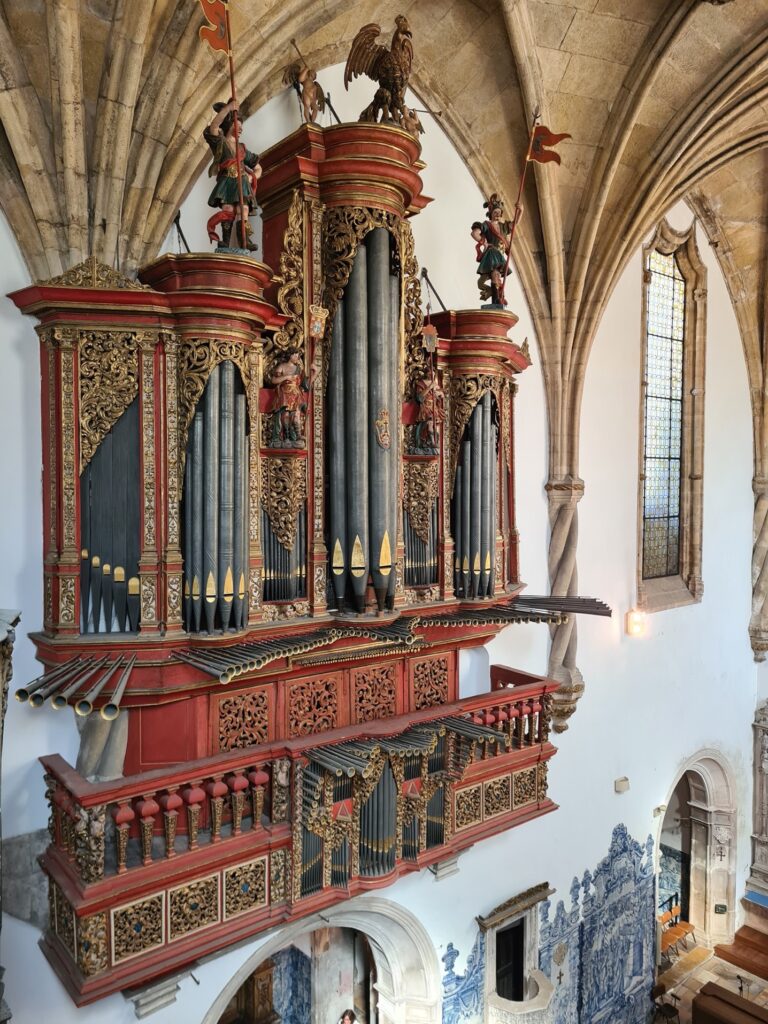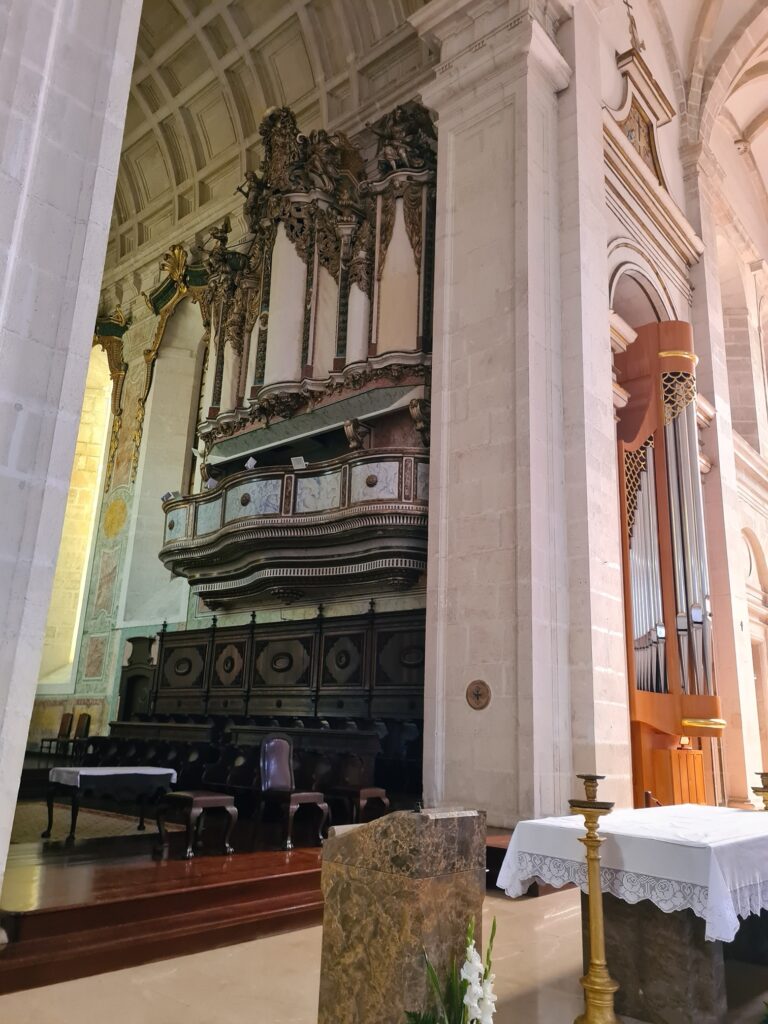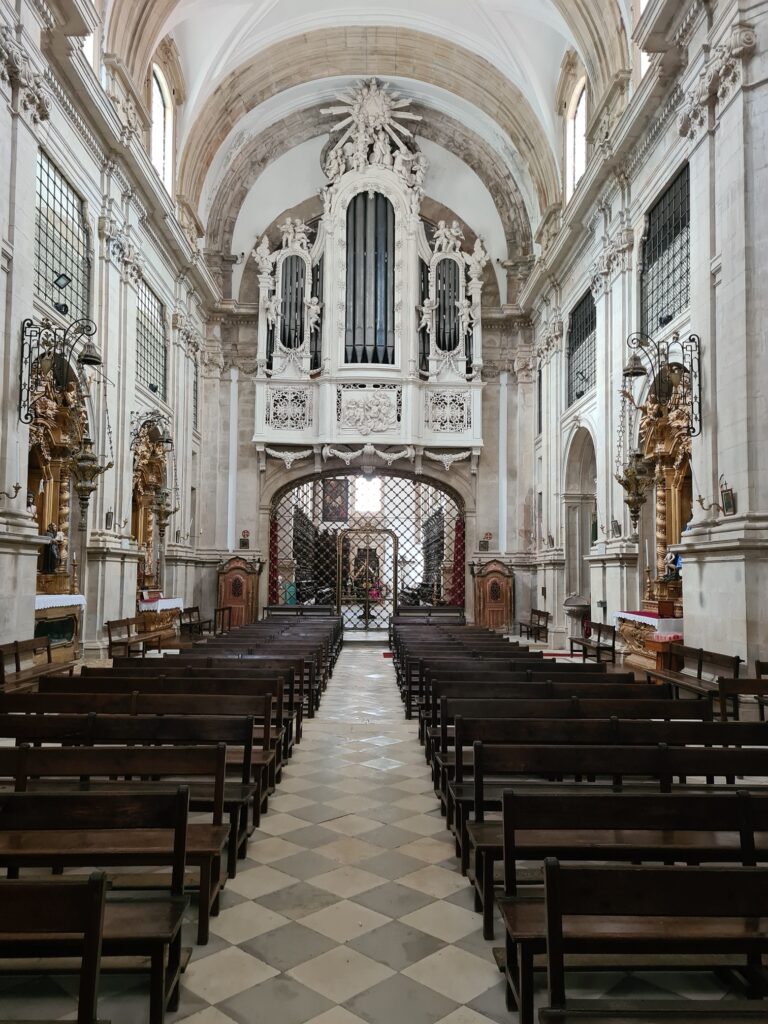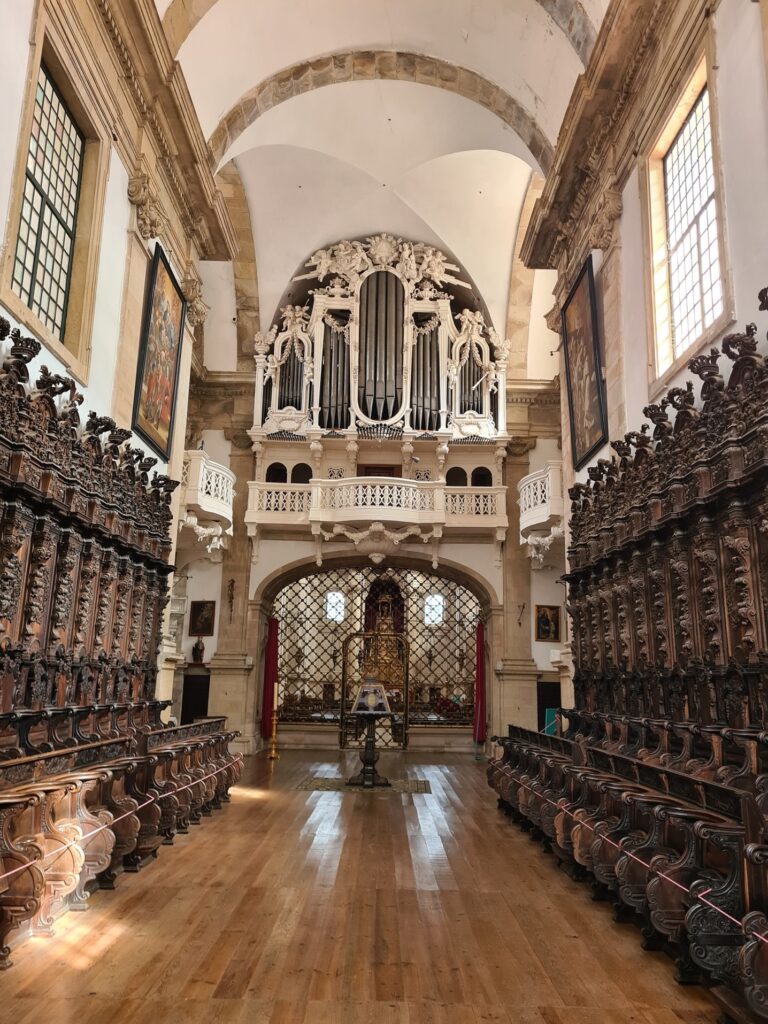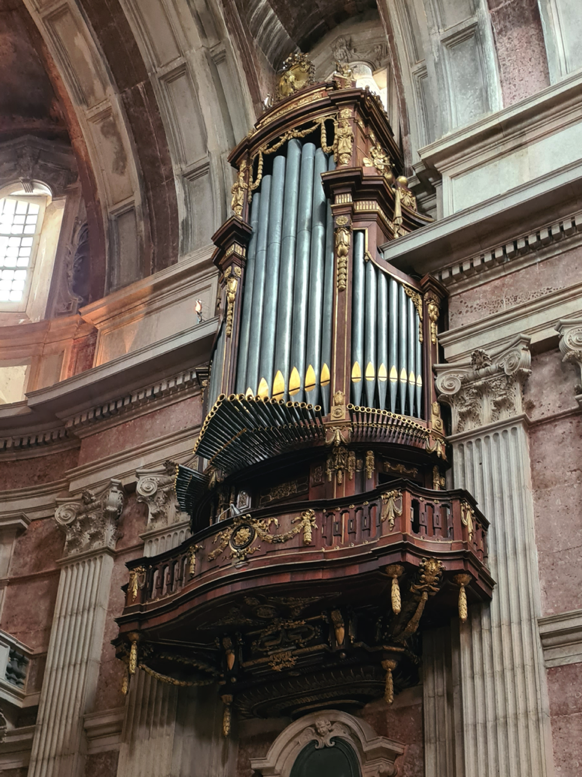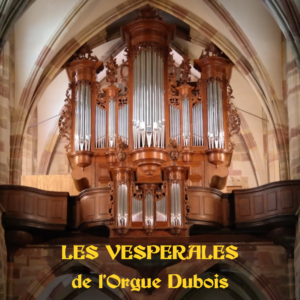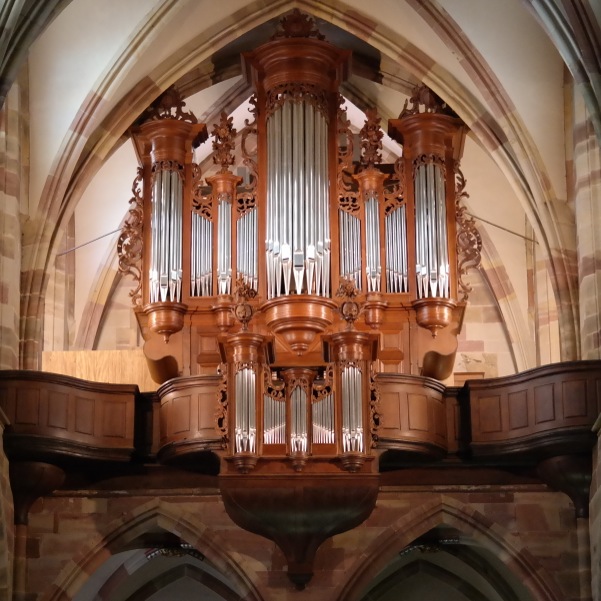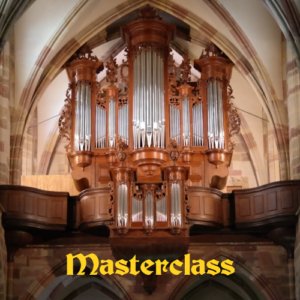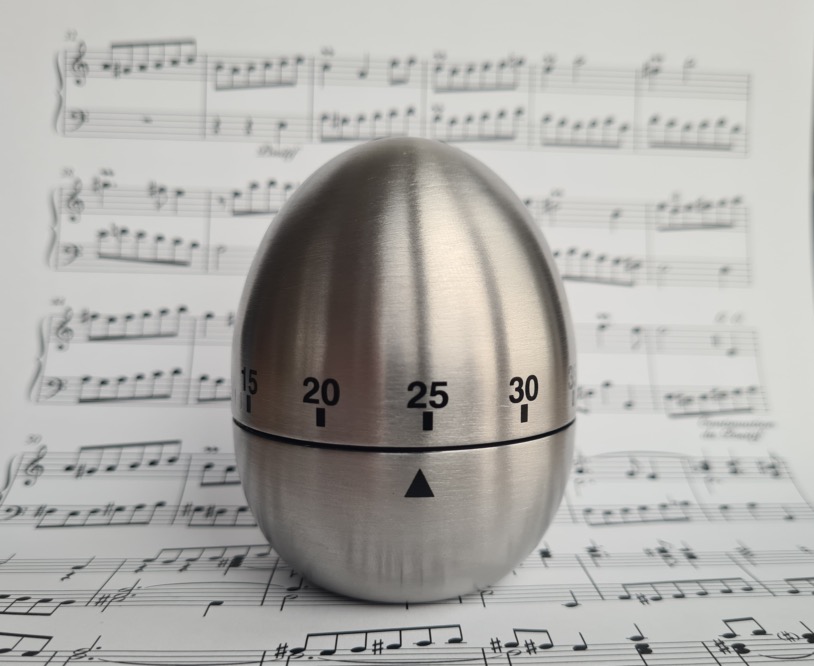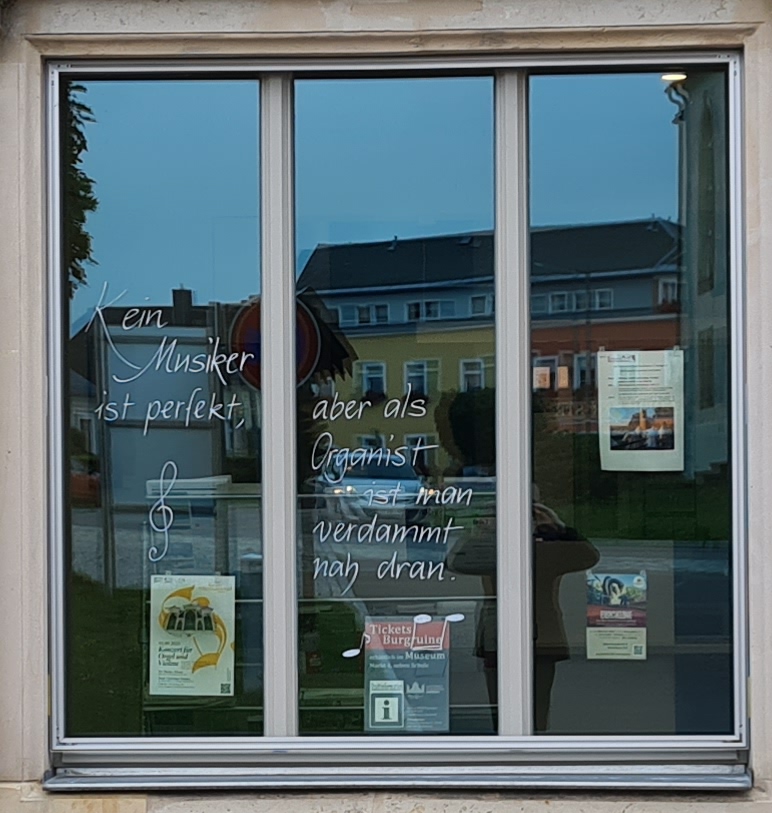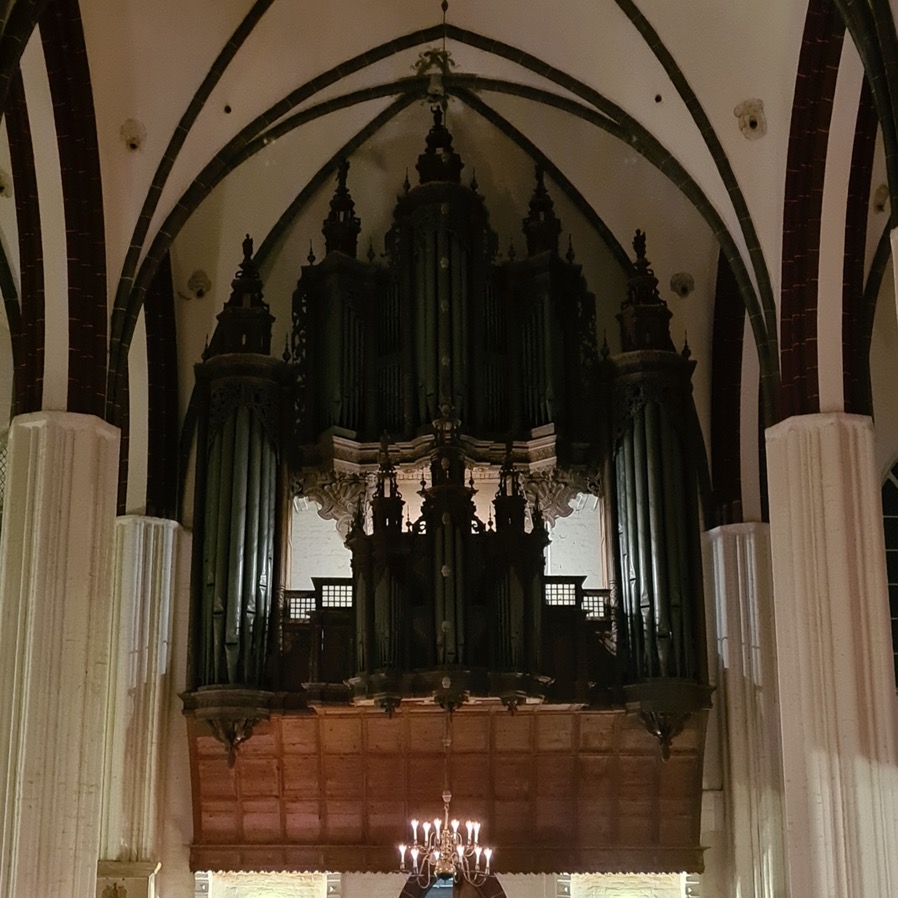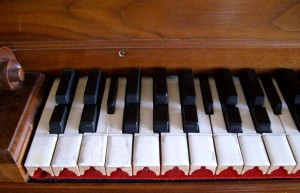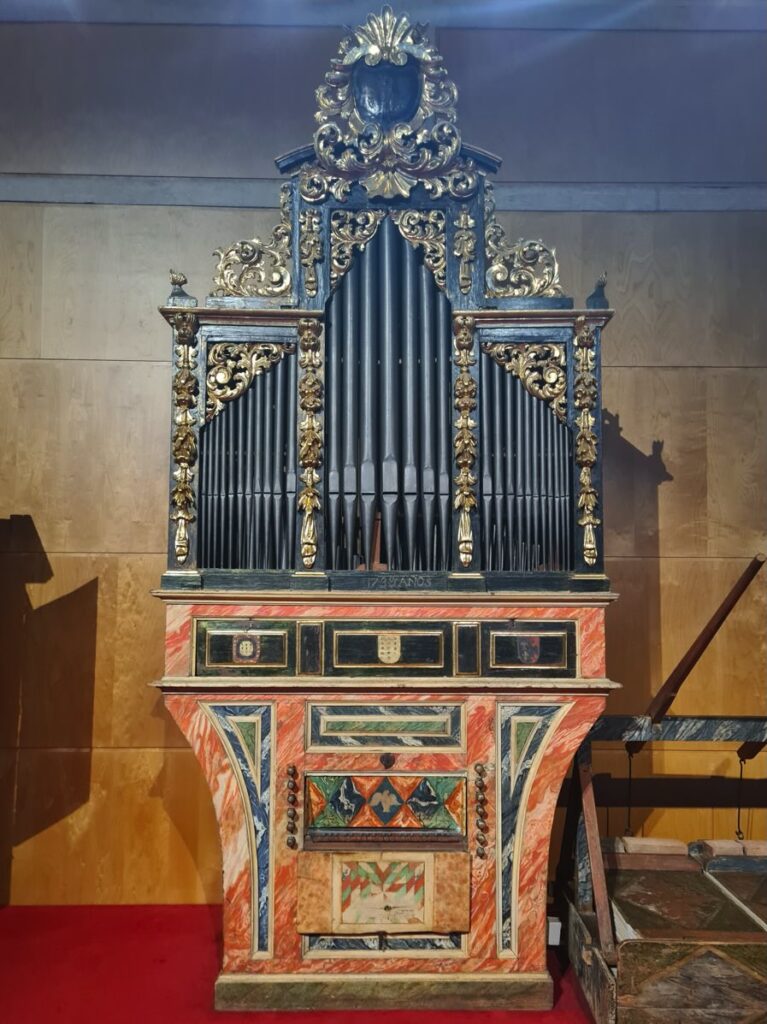
I did attend a huge amount of concerts being performed at the biggest baroque organ of Alsace, l’Orgue Dubois de Wissembourg. As a consequence, I became familiar with baroque french, but also spanish organ music. Currently I collect a couple of Spanish works I like so as to decide which one I want to learn to play next.
I’ve chosen the term “Music for Iberian-baroque style organs” with reason. First, the Iberian peninsula today consists of two countries, Spain and Portugal (which was sliced differently during the baroque period). Due to historic reasons, both countries had a massive influence on other parts of the world. Iberian style instruments can, for example, also be found on the Balearic Islands, on the Philippines or the “new world“.
So what are »Iberian-baroque style organs«? As with the rest of Europe, no organ equals another. They are all different, depending on regional differences, time, the believes of the builder, the economic situation of the buyer and the like. But anyway, there are some characteristics that are unique to those particular school of organ building.
- Relatively small size. Those organs usually have to cope with relatively small housings. The instrument depicted above, for example, has no 8′ stop for the lower two octaves (it only has one for the upper two octaves).
- No or very limited pedalboard. In case there was a pedalboard, it often just consists of 7 to 8 pistons in the floor, hard coupled to the manual. Obviously such a pedalboard is far away from being used as an independent “instrument” as in german organs.
- Often just one manual. Organs with two (or even three) manuals exist, but many just have one manual of 4 octaves, including the (in)famous »short« octave.
- Split stops. Very often (though not always) stops are only available for the bass or treble region of the keybed. In case a particular stop is available all over the keyed, it still provides two controls so it can be (de)activated for the bass and treble registers independently (some french instruments borrowed this principle for their reed stops).
- Knee and horse shoe controls. Some instruments provide such controls so as to make it possible to quickly switch registrations while performing. This compensates the lack of multiple manuals as on french or German instruments.
- Finally, the (in)famous horizontal reeds. Those often are seen as the typical characteristic of those instruments. However, those only have been developed relatively late during the baroque period. However, those became that popular that many existing instruments have been refurbished with horizontal reeds.
As you can imagine, all the above had a massive influence on how those instruments have been played, and as a consequence, how written organ music has been composed. When listening tthose instruments, I often wonder how it can be that an instrument with all those limitations sounds, well, that huge. No pedalboard?!? One keybed?!? But still a principal plenum and some solo voice on top of it?!? Yes, those instruments can do. Incredible. The booklet of »Iberische Orgelmusik des Siglo de Oro« of Gerard Gnann shares some further details concerning the intruments of that period.
Here’s some unstructured list of pieces I find noteworthy.
- Anonymous
- Passacalle del primer tono – by Francis Chapelet
- Andrés de Sola
- Segundo Tiento de Primer Tono – by José Luis González Uriol
- Primer Tiento del Primer Tono – by Heriberto Raymundo Moreno Baeza
- Antonio de Cabezón (1510-1566)
- Diferencias Sobre el Canto Llano des Caballero – by Lionel Rogg
- Carlos Seixas (1704-1742)
- Francisco Correa de Arauxo (1584-1654)
- Segundo tiento de quarto tono, a modo de canción – by Margit Schultheiss (Knee and horse shoe controls visible at 1′ 40″).
- Tiento de medio registro de baxon de sexto tono – by Robert Bates
- Joan Baptista Cabanilles (1644-1712)
- Corrente Italiana – by Jonathan Laube
- Gallardas de primo tono – by Jan Willem Jansen
- Pasacalles I as recorded by Jan Willem Jansen
- Tiento por A la mi re – by Olivier Thuault
- Tiento secondo tono, partido de dos Tiples por G sol re ut. Here’s an outstanding recording by Jan Willem Jansen.
- Xacara. Arturo Barba constantly adds stops during the performance so as to create dynamics.
- Pablo Bruna (1611-1679)
- Pasacalle del Primer Tono – by Francis Chapelet
- Tiento de 2o tono sobre la letania de la Virgen – by Lionel Rogg
- Tiento de primo tono de mano derecha – by Lawrence Thain or by Simone Della Torre using an organ with knee and horseshoe controls. Starting at about 3′ one can observe how he switches between two content types back and forth.
- Pedro de Araujo (ca. 1610-1684)
- Batalha de 6º tom. Arturo Barba shares a recording.
- Sebastian Aguilera de Heredia (ca. 1565-1627)
- Ensalada. Here’s a nice recording Guy Bovet as found on the CD »Historical Organs of the Philippines«, Vol. 3 or by Heriberto Raymundo Moreno Baeza.
- Vajo de 1º tono. Listen to Arturo Barba using a third in the left hand.
- Sebastián Durón (1660-1716)
- Gaitilla de mano izquierda – by José Carretero

